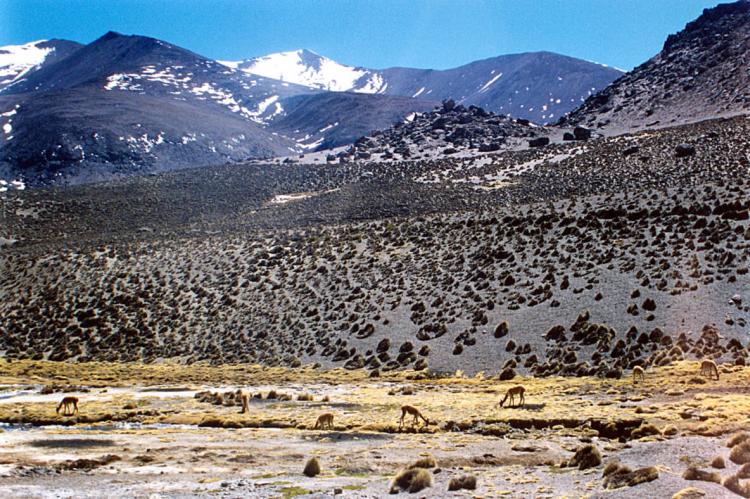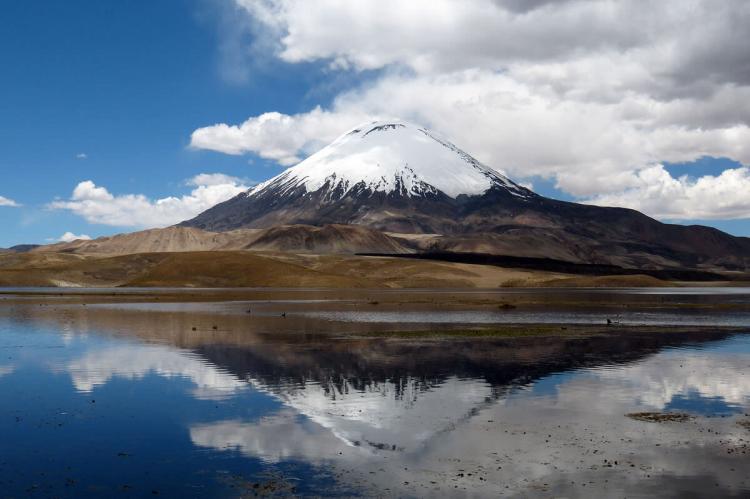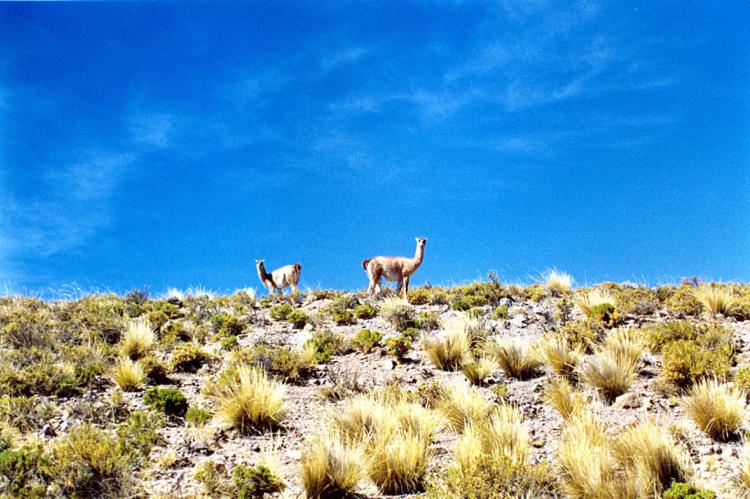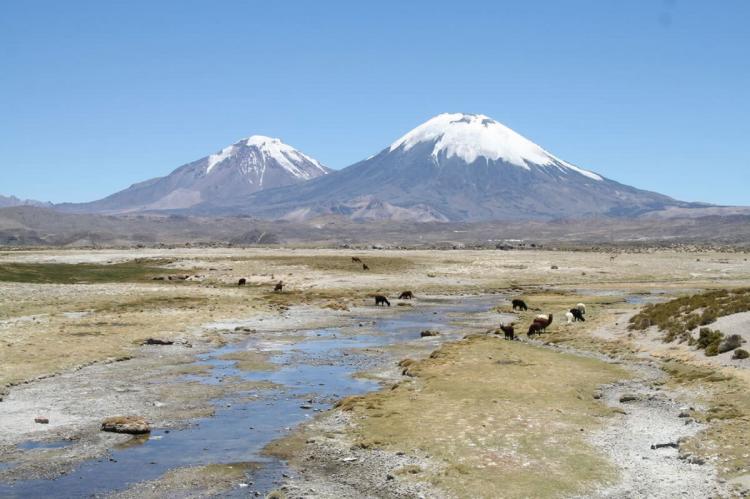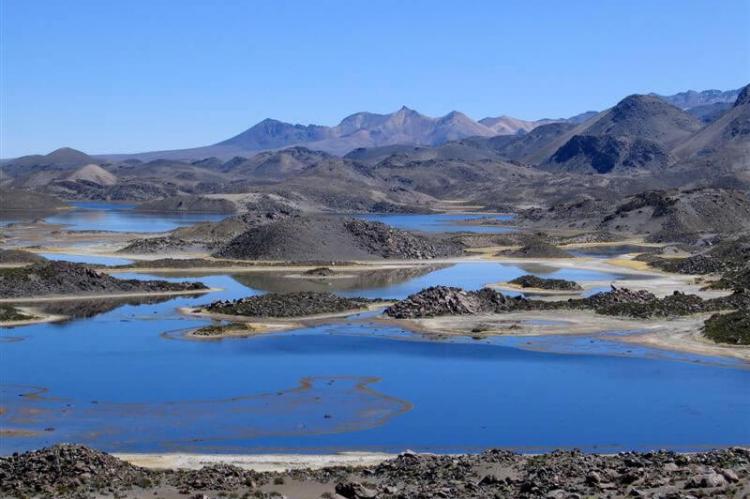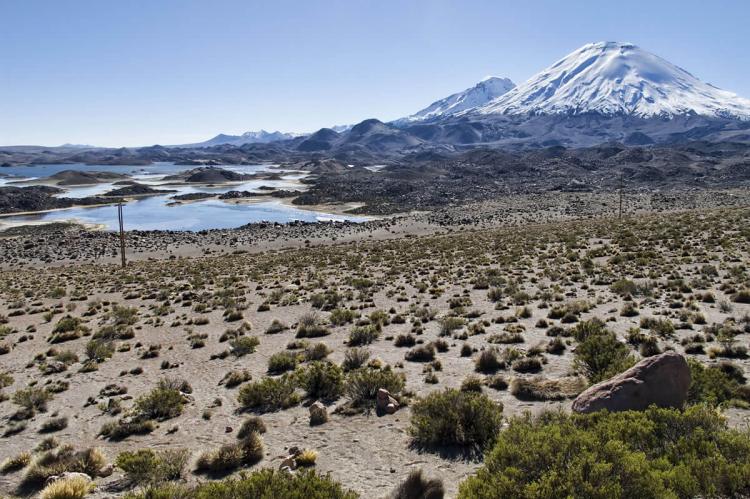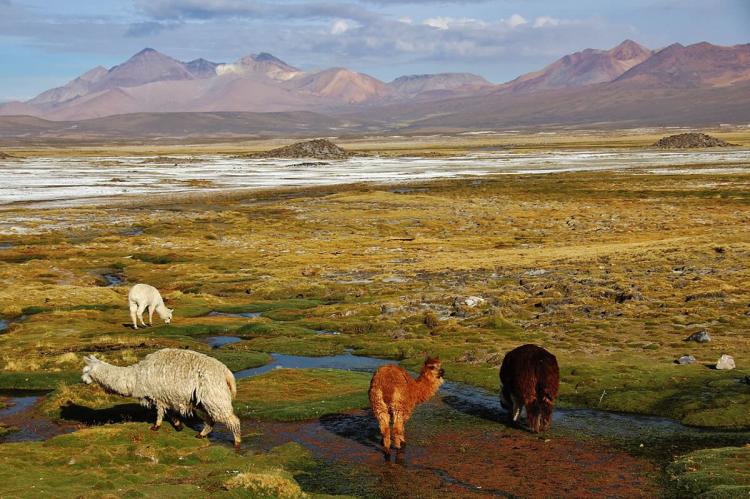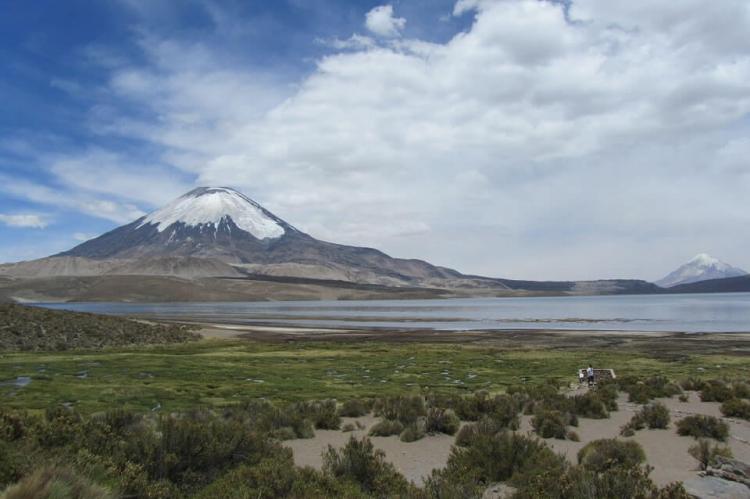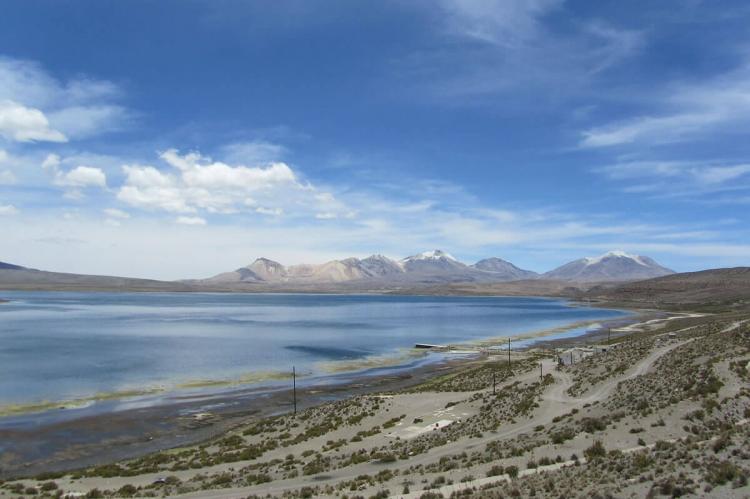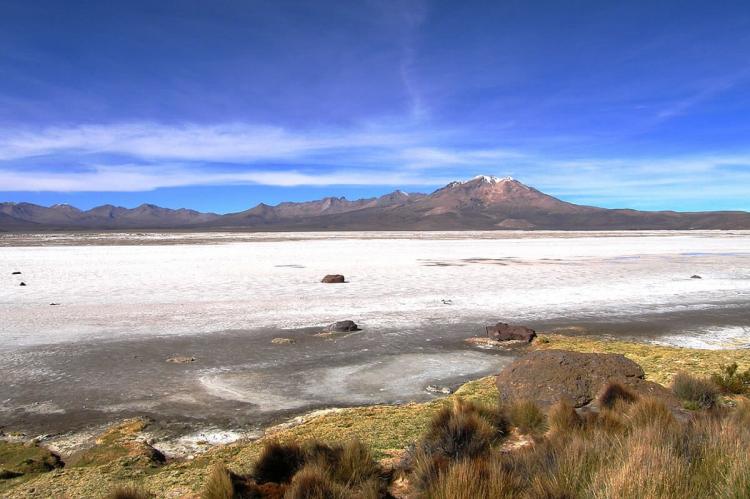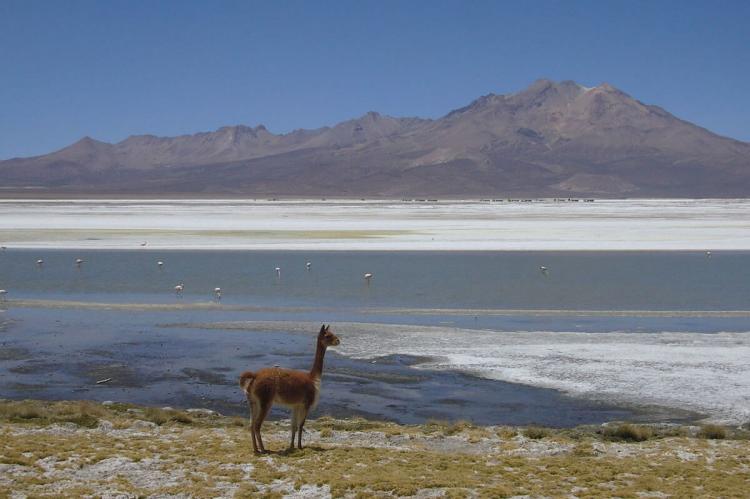Lauca National Park and Biosphere Reserve: A Symphony of Nature
Nestled in the northernmost reaches of the Chilean Andes, Lauca National Park and the Lauca Biosphere Reserve present a breathtaking tableau of natural splendor and ecological diversity. These protected areas showcase the region's unique geology, biodiversity, and cultural heritage.
The Majestic Lauca: Exploring Chile's Northern Natural Treasures
Nestled in the northernmost reaches of the Chilean Andes, Lauca National Park and the Lauca Biosphere Reserve present a breathtaking tableau of natural splendor and ecological diversity. These protected areas within the Central Andean dry puna ecoregion showcase the region's unique geological formations, rich biodiversity, and vibrant cultural heritage. The grandeur of the park and the surrounding reserve highlights their significance and the intricate web of life they sustain.
Lauca National Park: A High-Altitude Haven
Geographic and Geological Marvels
Lauca National Park spans 1,379 square kilometers (532 square miles) of the Chilean Andes' Altiplano and mountainous terrain, dominated by imposing volcanoes such as Payachata, Guallatiri, and Acotango. One of the park's most striking features is the lacustrine area, including Chungará and Cotacotani lakes, nestled at the foothills of the Payachata volcanic group.
The headwaters of the Lauca River originate within the park, while the Lluta River marks its western boundary. The park also boasts archaeological sites, lava fields, and volcanic calderas, with the colonial town of Parinacota and its historic church adding a touch of cultural richness.
Flora and Fauna
Lauca National Park is a biodiversity hotspot, home to over 140 bird species and various mammals. Notable avian inhabitants include puna ibis, Andean goose, giant coot, puna tinamou, silvery grebe, crested duck, Andean condor, and Chilean flamingo. Mammals such as vicuñas, llamas, alpacas, guanacos, tarucas, cougars, and vizcachas roam the park's rugged terrain. The park's vegetation, adapted to the harsh puna environment, includes over 400 species of vascular plants, featuring bofedales (high-altitude wetlands), llaretales (cushion plant-dominated areas), and Andean steppes (high-altitude grasslands).
Lauca Biosphere Reserve: A Complex Ecosystem
Ecological Zones and Vegetation
The Lauca Biosphere Reserve, located within the Puna biogeographic region, encompasses three protected areas: Lauca National Park, Las Vicuñas National Reserve, and Salar de Surire Natural Monument. The reserve features diverse landscapes, including meadows, gorges, lagoons, lava outcrops, saltpans, and lakes. The vegetation is classified into several distinct formations:
- Low "Tolar" Scrubland: Characterized by shrub-like plants with resinous leaves and branches, forming dense scrubland.
- High "Queñoal" Scrubland: Comprising small trees up to 5 meters (16 feet) tall on mountain slopes.
- Humid "Bofedal" Steppe: Consisting of vegetation above 4,000 meters (13,000 feet), with running water, featuring marshy cushion plants.
- Pulvinate Plants: Found at altitudes above 3,800 meters (12,500 feet), including the compact cushion plant Llareta.
Biodiversity and Conservation
The Lauca Biosphere Reserve supports a diverse array of wildlife, including mammals like llamas, alpacas, and vicuñas, and notable bird species such as the puna ibis, huallata, and Andean condor. The highland wetlands, or bofedales, are critical habitats, providing food and water for wild and domestic fauna. Although sparsely populated, the reserve is home to around 200 members of the Aymara people, who practice sustainable resource use. The reserve is also crucial for studying plant succession, reintroducing species, and understanding ecological impacts.
Las Vicuñas National Reserve and Salar de Surire Natural Monument
Las Vicuñas National Reserve
Located immediately south of Lauca National Park, Las Vicuñas National Reserve is characterized by extensive Andean steppes and is named after the vicuñas it aims to protect. The reserve's major elevations include Arintika and Pukintika, with typical vegetation such as pajonal, tolar, and llaretal formations. The reserve also features rivers and quebradas, with the Lauca River being a significant watercourse.
Salar de Surire Natural Monument
Salar de Surire Natural Monument consists primarily of a salt flat and several small salt lakes, providing a habitat for numerous Andean species of wildlife and plants. Dominated by the towering Arintica volcano, the monument is recognized as a Ramsar wetland, highlighting its importance for conservation. This area shelters a range of unique flora and fauna, contributing to the overall biodiversity of the Lauca Biosphere Reserve.
The Importance of Lauca's Natural Heritage
The Lauca National Park and Biosphere Reserve are vital conservation areas that preserve the unique ecosystems of the Central Andean dry puna ecoregion. These protected areas support a rich diversity of plant and animal life and play a crucial role in scientific research and sustainable resource management. Efforts to maintain and protect these regions ensure that their natural beauty and ecological significance are preserved for future generations.
In conclusion, Lauca National Park and the Lauca Biosphere Reserve offer a stunning and vital glimpse into the natural wonders of northern Chile. From towering volcanoes and serene lakes to diverse wildlife and unique plant communities, these areas are a testament to the richness and resilience of the Andean environment. As both a sanctuary for biodiversity and a hub for ecological research, Lauca stands as a beacon of natural heritage and conservation.
